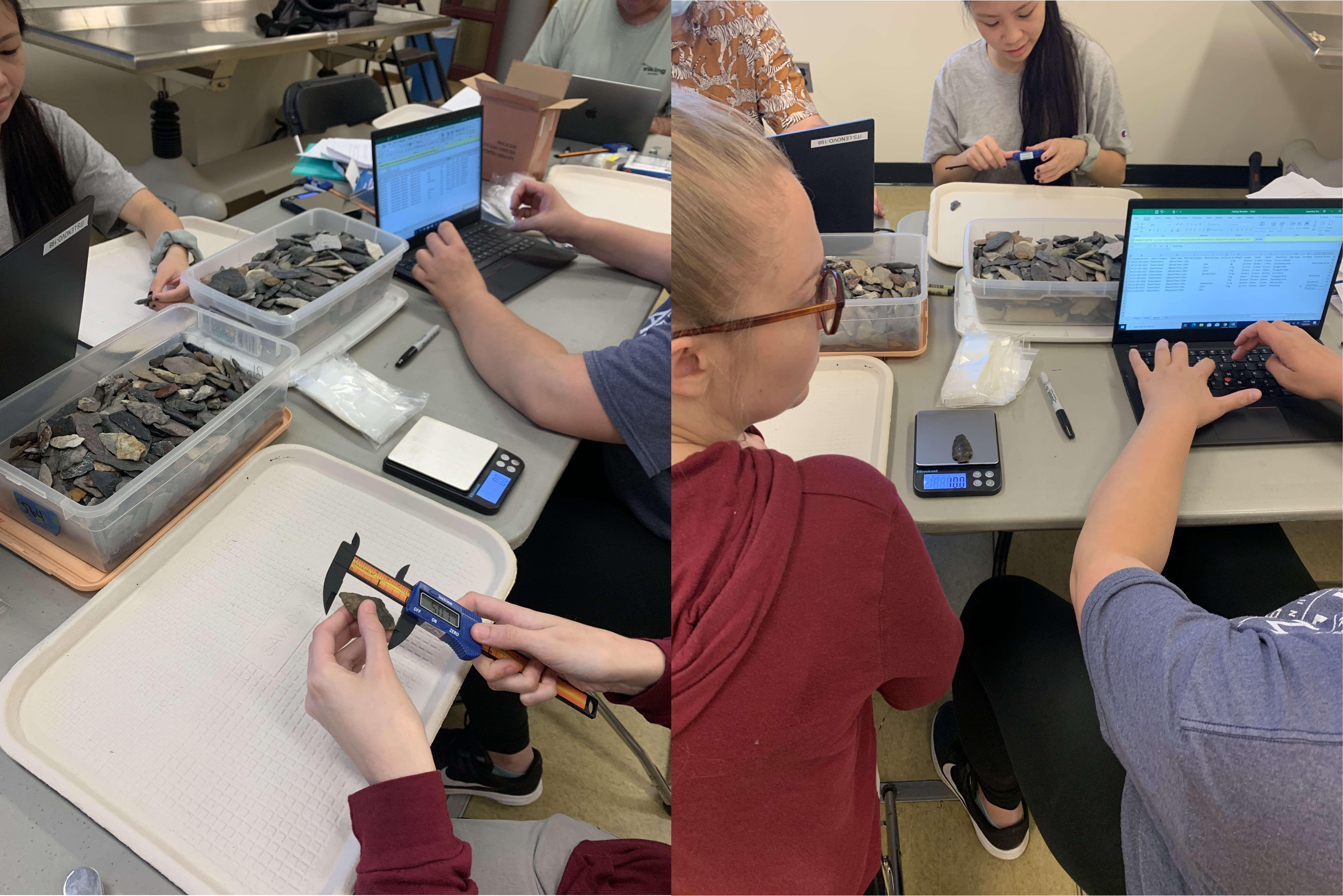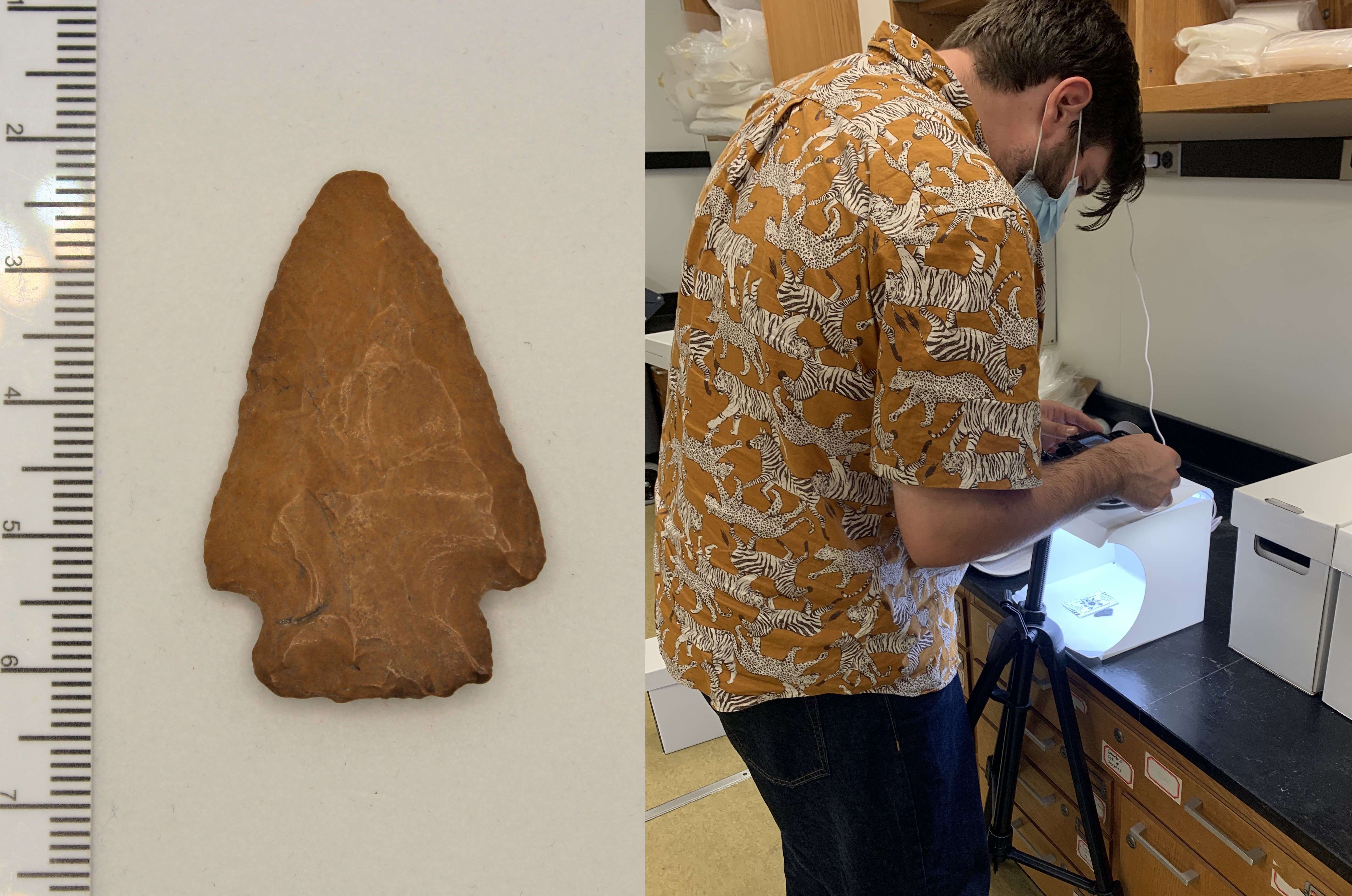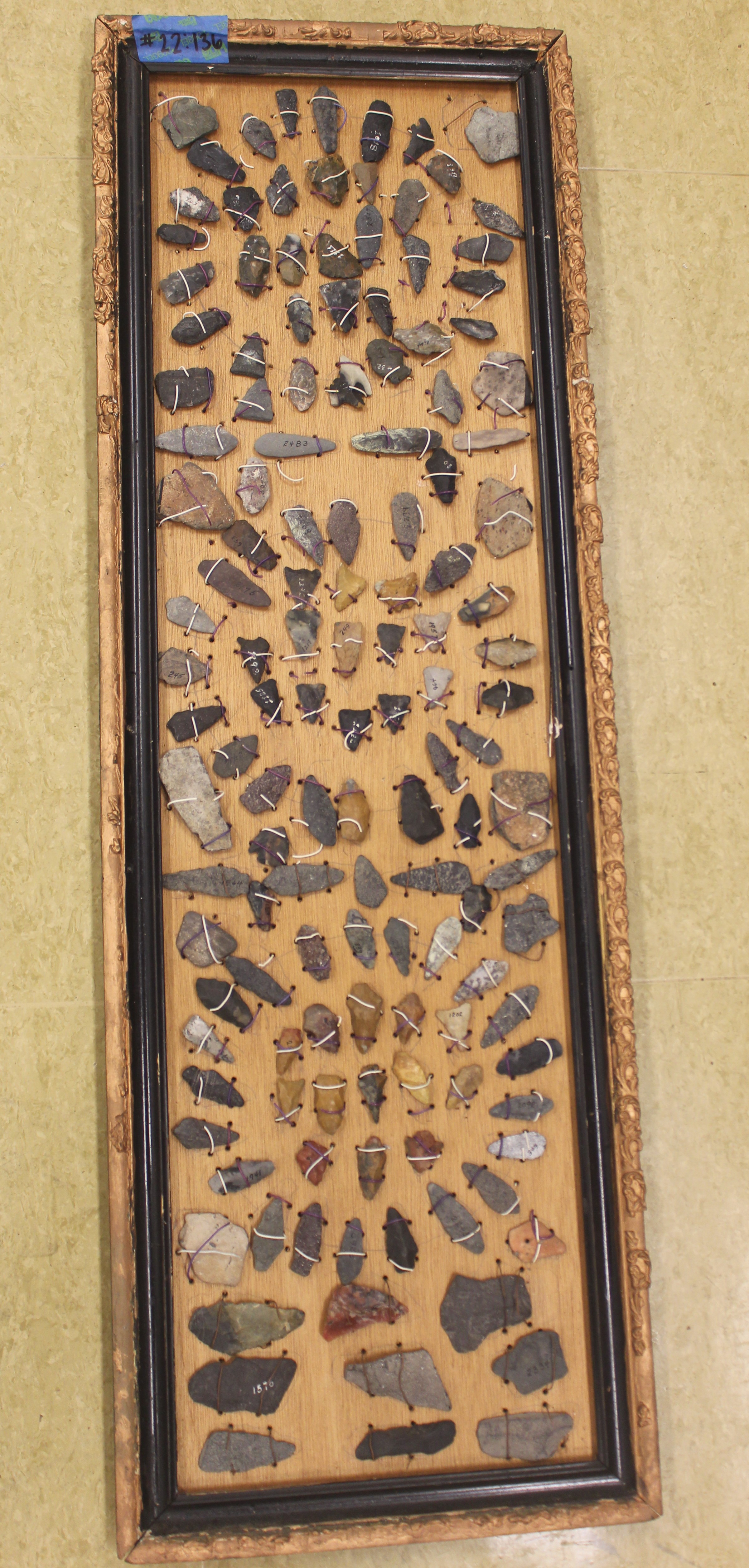
Ivan Beste – contemplating the evidence for how past peoples made stone tools.
It isn’t our fault that we take the little things for granted. Now, when I say “little” I mean the bare bones minimum: food, shelter, clothing but also tools. Tools of course being our modern stainless-steel hammers, screwdrivers, and knives. We don’t usually think about the smithing or creation of the object. When I am in the tool aisle of Home Depot, I usually just think, “Is this hammer really worth twenty-five bucks?”
Prehistoric people were different. For our ancestors, the tool was made by their own hands and for their own hands. The wielder was also the manufacturer and they had to devise advancements for hand tools through experimentation and practice. With this said, archaeologists have found a plethora of lithic tools all over the world. Everything from scrapers and agricultural tools to projectile points and grooved axes. One thing these tools have in common is the manner of their creation. For example, percussion and pressure flaking are techniques that have been used to create a variety of stone tools for thousands of years.
Percussion flaking is simply the process of creating a sharp edge or removing large chunks (flakes) from a stone using blunt force. Percussion is used to reduce a stone core (origin material) into something smaller and more manageable; this also leads to the creation of “blanks” or “preforms” which are stored for later use. In some instances, other devices like chisels could be added to this technique, aptly called indirect percussion. Percussion flaking may sound simple enough, but it is a skill that requires quite some training. One bad percussive hit could send sharp pieces of the core material flying uncontrollably or ruin the tool.
Pressure flaking in turn is the little brother of percussion flaking. Pressure flaking is the removal of stone from the edges with a pointed implement. This is done after the initial creation of the preform with the use of percussion flaking. Pressure flaking was accomplished with various implements such as stone, bone, and in later times, copper, and other metals. These pieces resulted in sharper edges and more complex lithic tools. This technique, like the previous, with a slip of the hand can also easily result in harm to an untrained manufacturer.
These flaking techniques leave characteristic patterns on the surface of stone tools; these patterns provide the evidence that archaeologists use to interpret how a stone tool was made. In our research in the RCC project we have seen thousands of stone tools such as projectile points, scrapers, and hand drills – all found in southern New Jersey. Projects like this reveal that it is one thing to understand these techniques, but it is another to actually hold the artifact. To gently outline the edge of the tool with your finger, and to notice the flake scars and evidence of use and wear, is a powerful experience. These artifacts link us to technology and techniques of many cultures, both modern and ancient. These artifacts in turn broadcast a shared sense of human ingenuity, cleverness, and craftsmanship.







